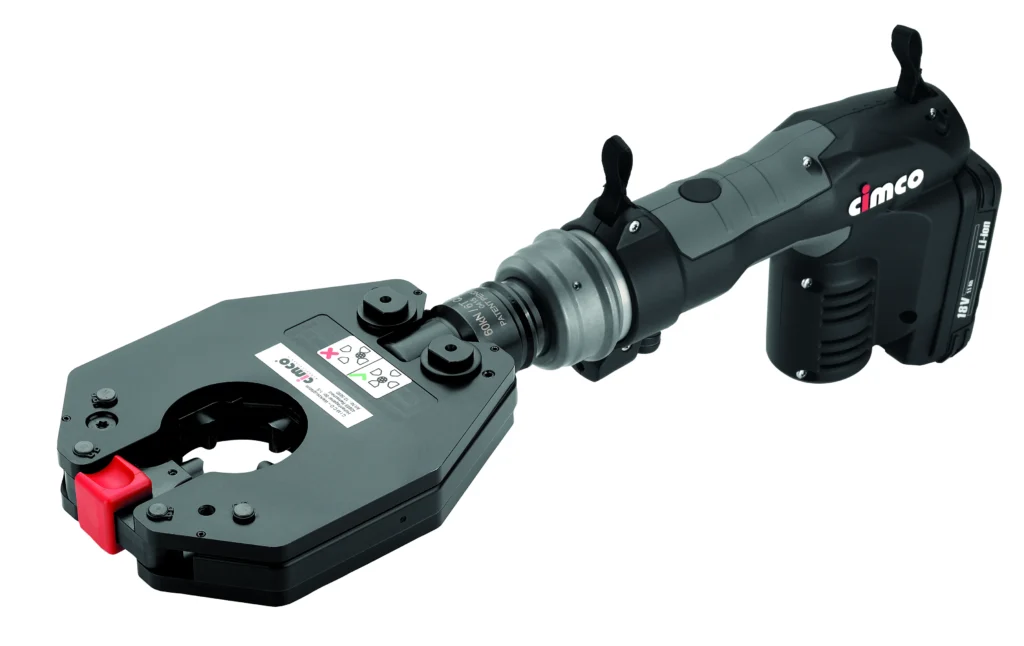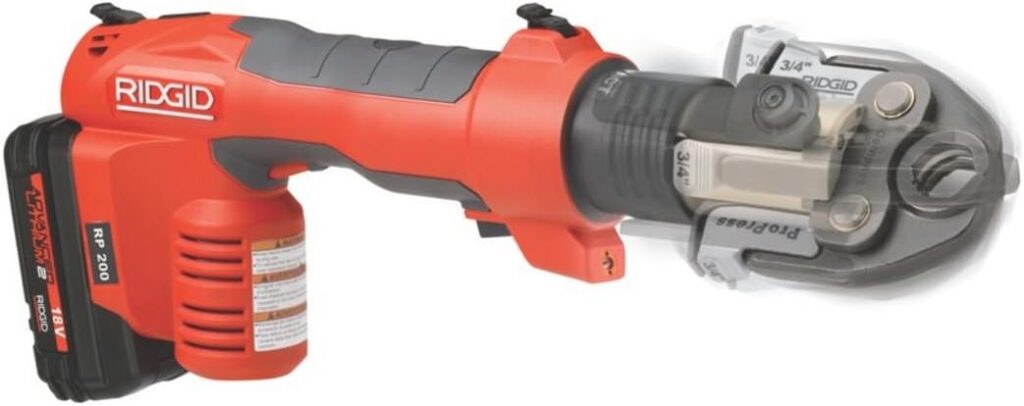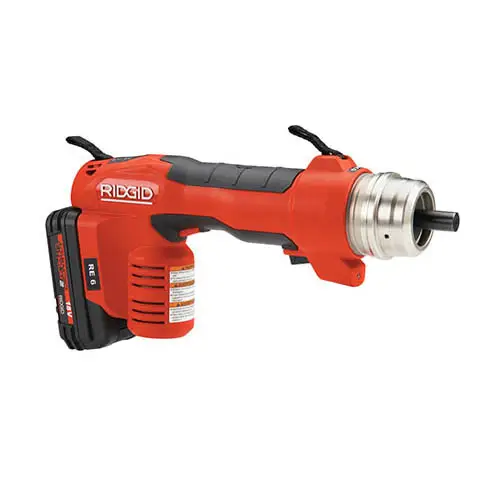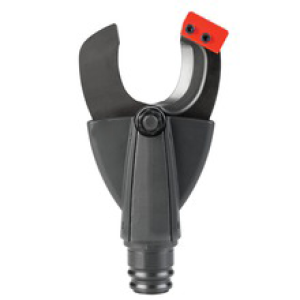Electrical Utilities
Tools for electrical services are needed to make sure that electrical systems are safe, reliable, and work well. These tools are always changing to keep up with new technology. They have gone from simple inspection and testing tools to complex tracking and control systems. Innovation will be very important in shaping the future of electrical services tools as the industry grows. This will help make the world’s electrical infrastructure safer, more reliable, and longer-lasting.
Importance of Electrical Utilities Tools
Reliable and efficient electrical utility tools are essential for maintaining high standards across the power industry:
Reliability: Proper testing and repair tools ensure consistent system performance, reducing downtime and operational disruptions.
Efficiency: Specialized equipment streamlines maintenance and installation processes, saving time, energy, and resources.
Compliance: Using tools that meet industry standards helps ensure safety, quality, and regulatory compliance in electrical systems.


Innovation in Electrical Utilities Tools
Advancements in technology have transformed electrical services, making them more efficient, intelligent, and future-ready. Key innovations include:
Smart Grid Technologies: Integration of sensors, communication systems, and automated controls for real-time monitoring, fault detection, and grid optimization.
Predictive Maintenance Tools: Use of AI and data analytics to foresee equipment failures, enabling timely maintenance and reducing unplanned outages.
Renewable Energy Integration Tools: Equipment designed to efficiently incorporate solar, wind, and other renewable sources into existing power grids.
Cybersecurity Tools: Advanced solutions to safeguard critical electrical infrastructure from cyber threats, ensuring system integrity and reliability.
Future Trends in Electrical Utilities Tools
The evolution of electrical utility tools is being driven by emerging technologies and changing energy demands. Key trends shaping the future include:
IoT and Connectivity: Tools equipped with IoT capabilities will enable remote monitoring, diagnostics, and control of electrical assets for greater system intelligence.
Energy Storage Solutions: Specialized tools will be required to install, maintain, and optimize battery storage systems used to stabilize power supply and demand.
Electrification of Transportation: With the rise of electric vehicles (EVs), utility tools will adapt to support the deployment and maintenance of EV charging infrastructure.
Decentralized Energy Systems: As microgrids and distributed energy resources grow, tools will be needed to manage localized generation, storage, and distribution.


Conclusion
Electrical utility tools are essential for ensuring the safety, reliability, and efficiency of modern power systems. As the energy sector evolves, so do the tools — advancing from basic diagnostic devices to smart, interconnected solutions capable of predictive maintenance and real-time monitoring.
Innovation in this space is not just a competitive advantage — it’s a necessity. By embracing advanced technologies, utility providers can overcome modern challenges, enhance grid resilience, and support the global transition to smarter, more sustainable energy systems.
Join Us in Shaping the Future of Mining!
Subscribe For Newsletter!



